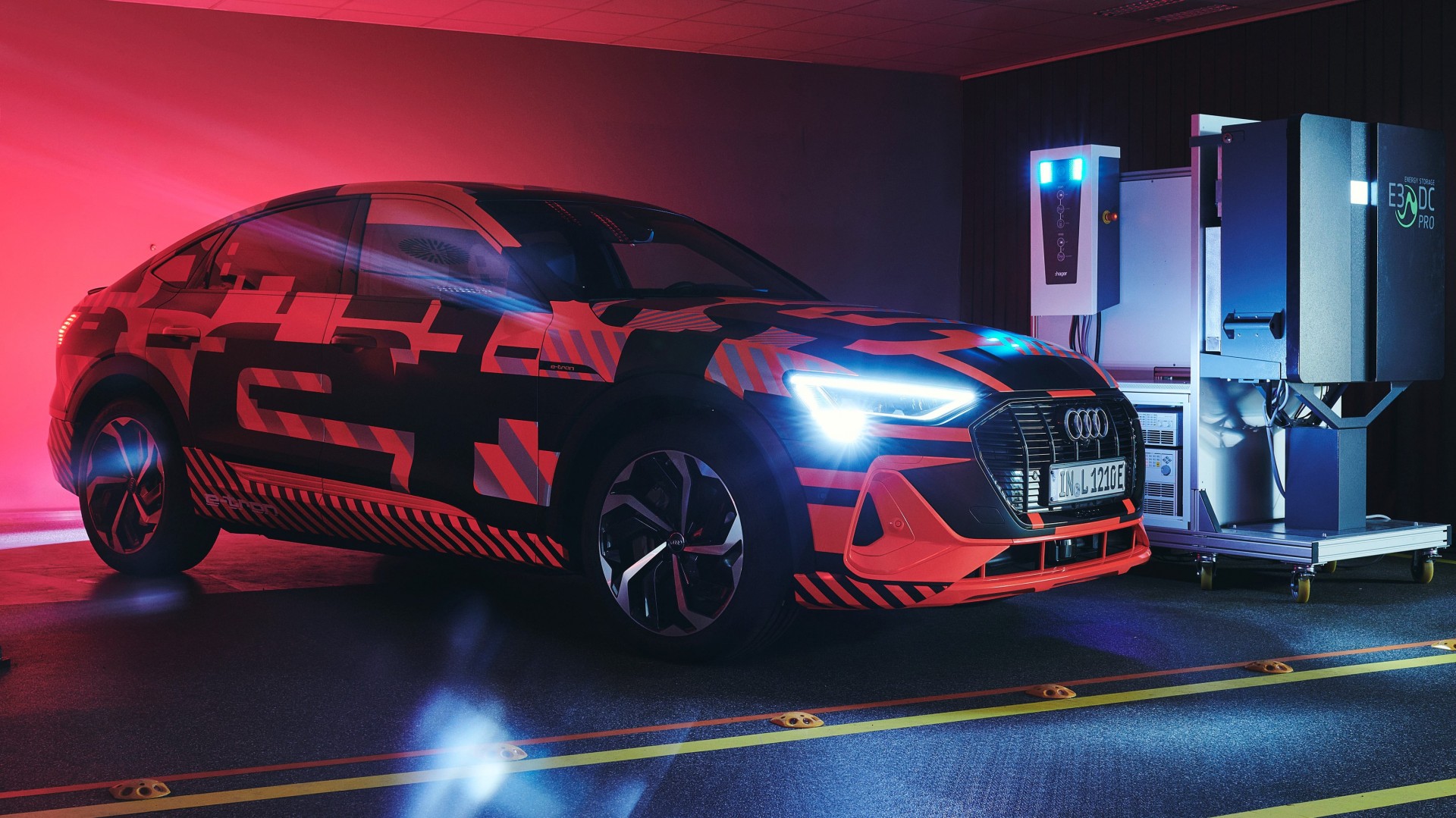
In collaboration with the German Hager Group electrical company, Audi is exploring the possibilities of integrating electric vehicles into the electricity grid. The idea is that cars would also be able to supply electricity back to the house where they are charged. The advantages of this approach would mean a more stable electricity grid, lower energy costs, and make an important contribution to environmental protection.
According to this idea from Audi and the Hager Group, a vehicle’s charging capacity would be utilized to store self-generated green electricity. When the vehicle is not in use, the power stored in the battery could be fed back into the home. A fully-charged Audi e-tron battery can power a family household for one week. This principle is known as ‘bidirectional charging ‘ (click for the video), or V2H (Vehicle to Home).
Energy supply even in the event of grid failures
Due to the proliferation of solar panels ( as well as wind turbines), so much energy can be generated on sunny days or windy days that the electricity grid is not capable of processing it. Electric car batteries and any ‘stand-alone’ batteries can then serve as additional energy storage. This helps to relieve the burden on the electricity grid and means that electricity is available even in the event of grid failures (as a stand-alone solution). Audi has tested the concept in practice with an e-tron battery equipped with new charging technology that is almost ready for production, a DC wall unit with a charging capacity of up to 12 kW, and a home battery with a storage capacity of 9 kWh.
Additional smart features
The combination of solar panels and bi-directional charging ensures that cars (batteries) are extremely economical and CO2-neutral when it comes to charging. The smart software of the charging system prioritizes the use of household appliances. Any energy surplus is used to recharge the car battery.

